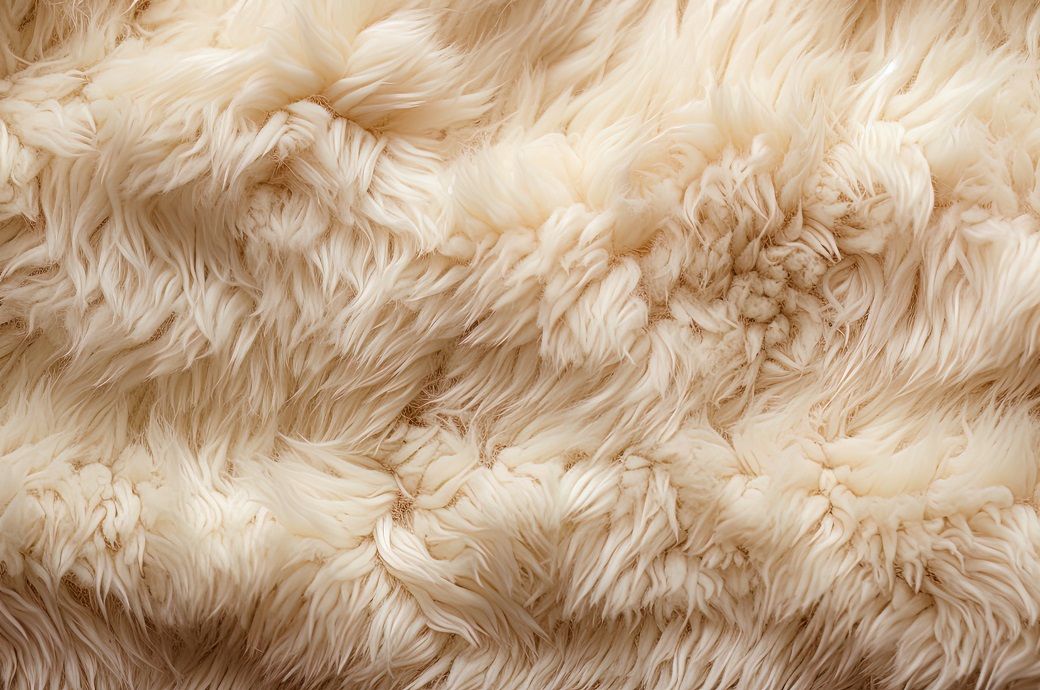
The 0.4 per cent stronger Australian dollar (Au$) against the US dollar (USD) was counterbalanced by a 0.4 per cent lower Au$ auction indicator, resulting in a rather uneventful sales series. Fremantle hosted only a one-day sale as national volumes begin to decline ahead of the financial year-end, the Australian Wool Innovation (AWI) said in its commentary for week 47 of the current wool marketing season.
The Merino market was dominated by representatives from the top three Chinese wool processing companies. These influential buyers capitalised on the generally subdued trader activity, particularly from the largest buying exporter. The trend of direct buying orders and indent operations is becoming increasingly common at auctions, extending beyond just Chinese buyers.
This direct buying method reduces opportunities for traders as the volumes available for forward contracts are limited under sluggish demand scenarios. Most major traders now maintain an indent client or two to sustain purchasing activities and cover overheads.
The strategy of buying wool for prompt shipment or close delivery at a fixed price is key, ensuring a low-risk investment with modest returns. This approach reduces the risk of capital loss but also limits opportunities for significant returns on investment, especially given the specialised nature of export services, AWI commentary added.
This cautious approach is not limited to greasy wool buying. A substantial portion of the supply chain, from first-stage manufacturing to garment making and retail, adheres to risk aversion strategies. Factors such as the uncertain global economy, significant areas of conflict, and muted consumer appetite for luxury clothing drive this trend.
By avoiding heavy stocking of raw wool, top, yarn, or garments, or contracting too far into the future, businesses achieve greater stability, as evidenced by the relatively narrow trading bands of the 2023-24 season.
Next week, approximately 33,000 bales are rostered for sale on Tuesday and Wednesday.
Fibre2Fashion News Desk (KD)